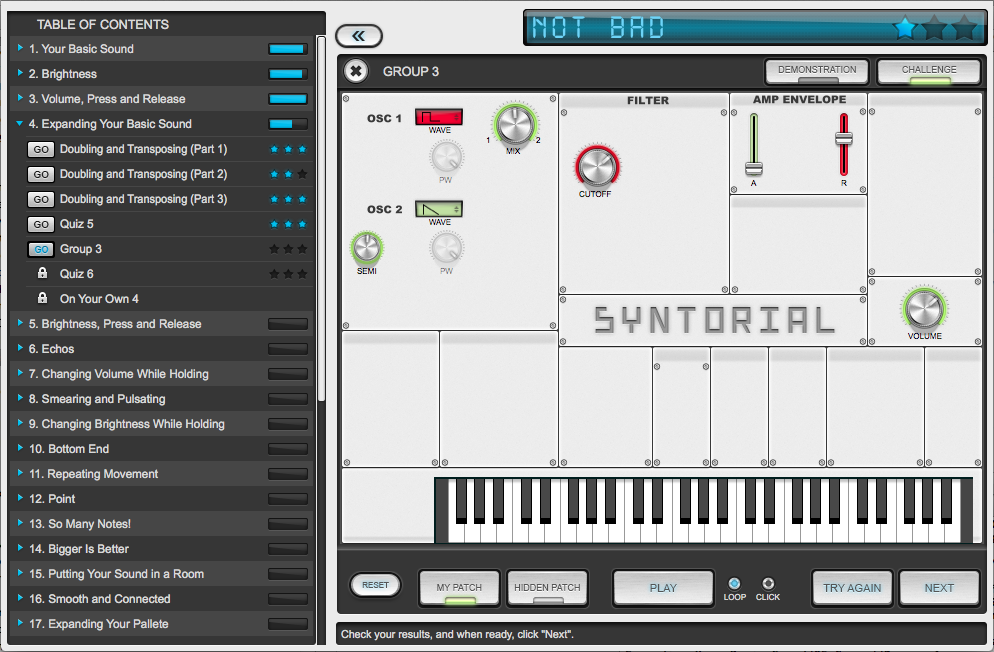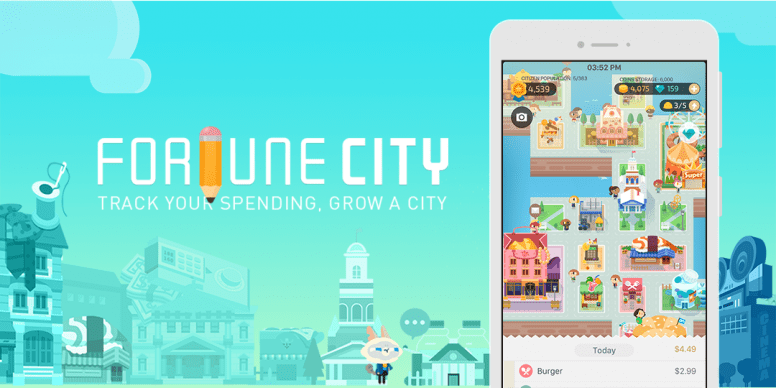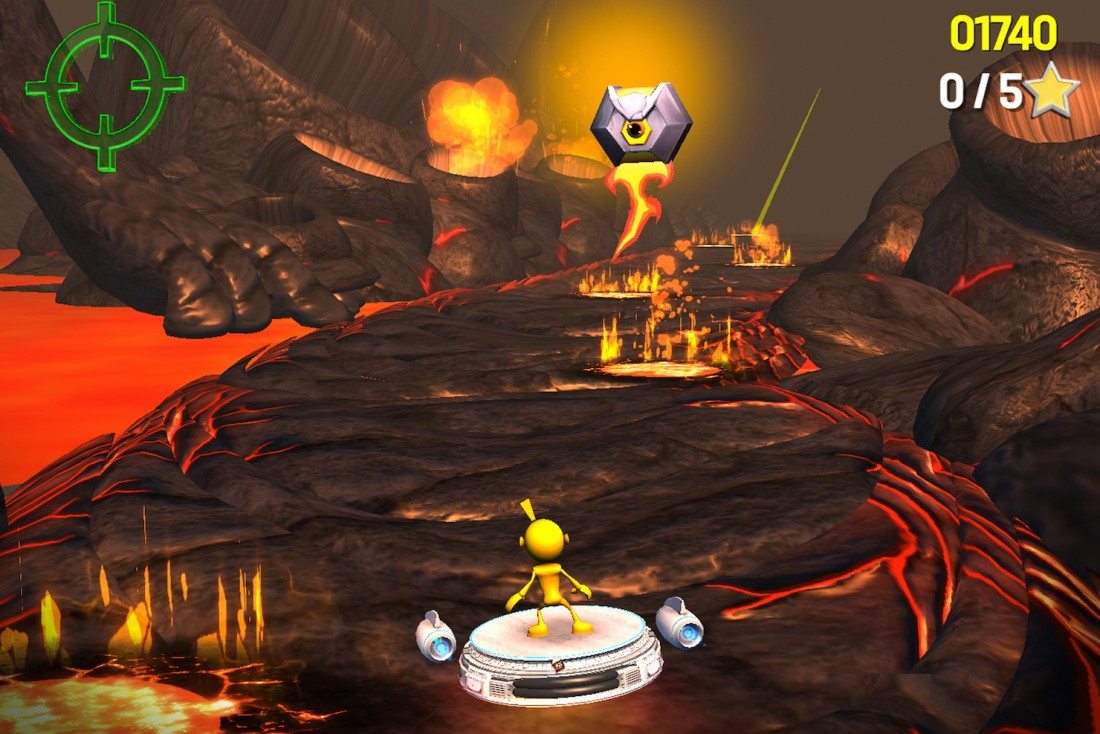Gamification. You keep using this word, but I don’t think it means what you think it means. By definition, gamification means adding “game elements” to non-game procedures. By itself, this is wonderful. But all too often these “game elements” are being reduced to what is referred to in games as metagame: points, badges, leaderboards, etc.
These components are easily implemented but often miss the essence of what a game is: a system that challenges players in an entertaining way.
If the game or gamified system is designed well, players will enjoy interacting with it regardless of points, badges, or other virtual rewards they may achieve.
A good game would follow these rules of thumb:
- It will be inviting to play
- It will provide immediate feedback on player performance
- It will provide easy to achieve goals, and gradually make them more complex
- It will provide the player with a clear sense of progress
What I just described here is the recipe for every good and successful game.
Whereas some gamified products try to follow these rules by forcing them with points and badges, others internalize them as a core part of their offering.
Let’s see a few examples.
Tophatter – Gamifying Ecommerce

Spending $$ is irresistible
Tophatter is an online ecommerce platform that focuses on discovery shopping and extra low prices. But it is not the prices that make Tophatter such a huge success, it’s their approach to the shopping experience.
Tophatter replaces the “efficient” shopping experience, now so common on ecommerce sites, with an adrenaline-packed, 90-second auction experience.
All items on display start off at the price of $1 and quickly go up as bidders raise the ante one dollar at a time.
Since bidding costs no money, the game is actually free to play … and a very inviting one indeed.
All that a user has to do to participate is to click the “bid” button once. Immediately she is sucked into the auction and turned into a potential buyer.
The experience design is such that when you actually win an item (going once, going twice… sold!), that rush is so high that you might even buy this ill-formed bluetooth radio you never wanted in the first place but now rightfully own.
In terms of player’s goals, Tophatter plays an interesting trick. When users browse Tophatter’s marketplace, they usually do not have an item in mind that they want to get. But as they try their first bid, they suddenly find themselves in the midst of a game with a very clear goal – get the item that is on sale and win the auction.
Tophatter took impulsive buying and made a game out of it. And they are doing well.
They have just secured $21 million in funding, past $300 million in sales. The future looks bright for Tophatter.
Sellfee – Gamifying Entrepreneurship

Money is just a game. Deep in your heart you know it’s true.
Do you know people that are tremendously successful playing games but maybe not so much in real life? You should introduce them to Sellfee.
Sellfee is a game (iOS/Android) where you play an internet entrepreneur. You open your own online store, sell products and get rich. Sounds familiar, right? But unlike your typical tycoon game, this game is for real. The online store exist in the web, the products are real and they are being shipped to flesh and blood customers. Everything is managed through the app’s Farmville-like interface.
How does it work? It’s pretty simple actually. The online store is hosted under the developer’s domain (at start, a different domain is available by upgrade), and players sell the developer’s inventory, who takes care of shipping and customer handling.
Sellfee is super simple to dive into. In a matter of three taps the online store comes to life. Players choose the store’s name, branding and inventory. Then they are guided through a list of objectives that teach them the ropes of being a successful online entrepreneur.

A screenshot from SellFee. Welcome to moneyville!
You can think of Sellfee as a part game, part online course with real-world implications. The app made its debut only a few months ago and it’s still clunky around the edges, but there’s no doubt in my mind that that model has the potential of being a huge success among the young crowd.
Synthorial – Gamifying Education

I want to learn like this all my life.
Synthorial is a game for learning synthesis and it’s quite brilliant.
For anyone who has struggled to learn synthesis, the art of crafting sounds from synthesisers using oscillators, sound envelopes and modules – this is a godsend.
Synthorial takes what games do best, teach how to play by playing – and built around this notion a fully fledged interactive, gameful course.
The main game objective is to reproduce synth sounds using the built-in virtual synth.
As the game progresses, the sounds become more complex and more knobs and tweaks are added to the virtual synth.
However, Synthorial doesn’t just throw you in the water and let you figure stuff out for yourself.
There’s an immediate feedback to the player’s actions. If the player submits a wrong answer, the knobs that needed tweaking would be marked, and players will try again and again until they succeed.
The most important thing to have while learning, and the only way to reach mastery in something, is by having immediate feedback. Add small tasks that gradually grow to bigger challenges, and you have the ultimate teaching machine.
Just like in a 100-level action game, where players gain pixel perfect timing for jumping, avoiding and shooting, by the end of Synthorial’s 180+ levels, players know synthesis.
Fortune City – Gamifying Finance

With your spending? You can build a town!
As if the task of tracking your expenses was not daunting enough, the image it portrays on your spending habits is usually not very encouraging to continue doing it.
Fortune City to the rescue. This gamified app did not settle for the regular dose of rewards to encourage user engagement, but it built a whole city around the user’s spending habits.
Upon registration, users get the keys to their city, of which they are the mayors. At the start all they have is the town hall, but the city will grow fast according to the player’s expenses.
If the player spends money on food, food stands will start popping up in the city.
If she uses busses in real life, bus stations will appear, etc.
As in typical city-building games, players can customize their city, move things around, and even host visitors that come to stay in their town.
On top of that jolly, Fortune City provides its players with tools to analyze their spending habits. After all, it is an expense tracking app. Easy to forget that sometimes.
Fortune City provides their players with a visual image of the spending. Not just graphs, but a completely different metaphor that is supposed to make finance more approachable.
Akili – Gamifying Health

Fighting ADHD one boss at a time
History was made last September, when Akili, a game aimed at assessing and treating ADHD, was approved by the FDA.
For the first time in history, a doctor can prescribe a game to a patient instead of drugs. For the patients it’s all the merrier, and now they have to play by the doctor’s orders!
Akili is actually a digital medicine, one of its kind. The game engages patients through art, music and storytelling, bestowing challenges on them that force them to deal with their ADHD.
Through play, certain neural networks are activated that lead to cognitive and clinical improvements. This thesis was proved in a recent study, where 348 patients showed statistically significant improvement on a psychiatric test used to measure their attention and screen for the disorder.
Not all studies were released and the magnitude of the solution is still unknown, but the company just scooped up another $55 million (added to the $42 million already invested) to help them further investigate that field of research.
Conclusion
Let’s go over our rules of thumb for a good game one more time :
- It will be inviting to play
- It will provide immediate feedback on player performance
- It will provide easy to achieve goals, and gradually make them more complex
- It will provide the player with a clear sense of progress
The key to user engagement lies in these rules. Now here’s your challenge:
Design your product gamification plan to answer all four rules, without using points, badges and leaderboards.
Challenge accepted?
